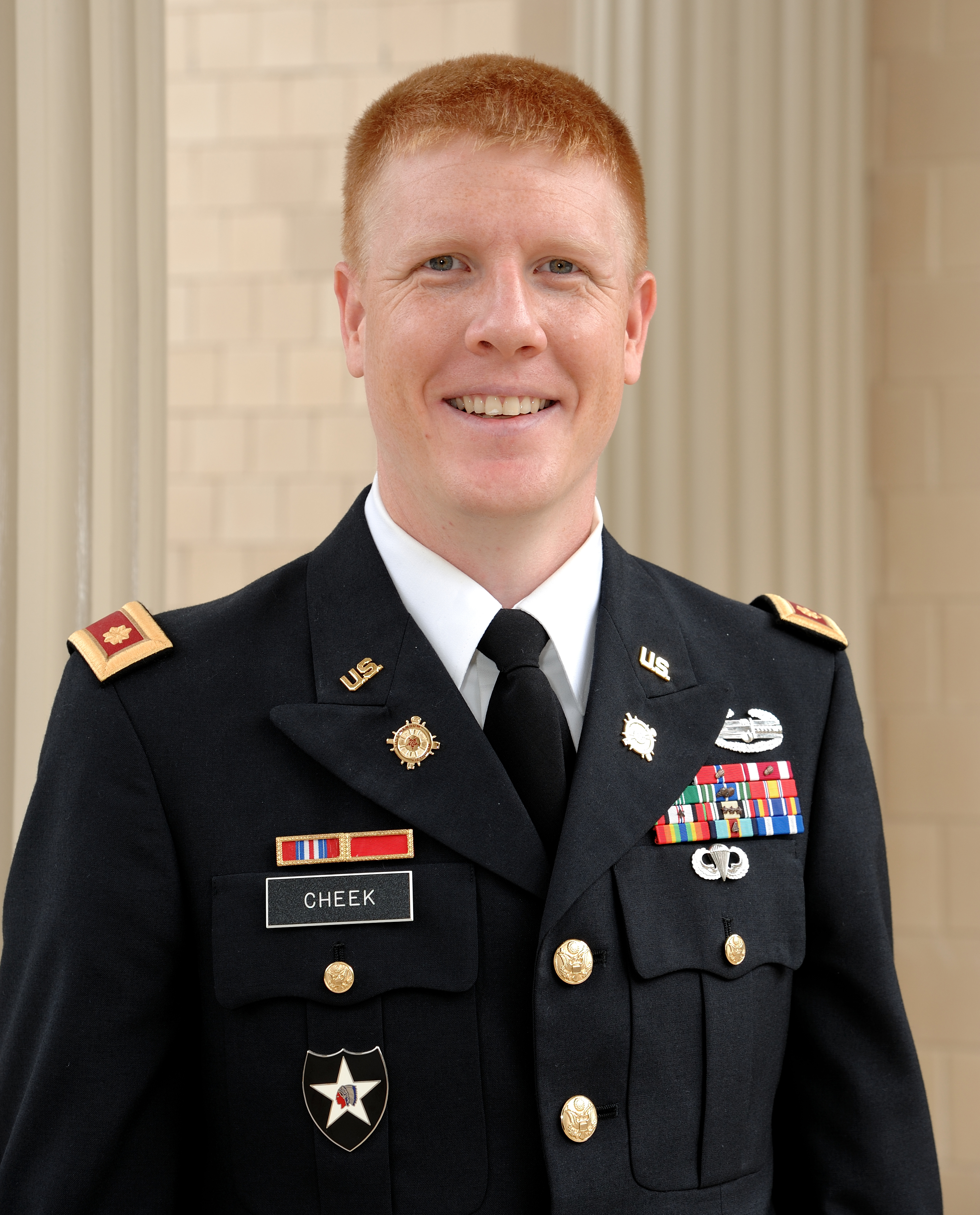Constructing a Leadership Bridge: Military Leadership and Public Administration
by Jon Cheek
According to the 2012 US Census Bureau, there are more than 116,000 active-duty and 22,500 National Guard/reserve service members stationed across North Carolina, which amounts to the third largest military population by state in the country, following California and Texas.
What does all this mean?
These service members bring family members to the state, attend local schools, pay property taxes, lease homes, and contribute roughly $48 billion to the state. In addition to those currently serving, nearly 750,000 veterans live throughout all 100 North Carolina counties and another 60,000 are projected to leave active duty over the next five years. These individuals possess skills and technical expertise that could contribute to public and non-profit organizations in North Carolina and throughout the country. This leads us to a key challenge. Military and civilian leaders do not have many shared forums, but both could benefit from an understanding about their work and the nature of their leadership training. Leaders exiting the military often do not understand how their skills translate to serving in a public leadership role in a civilian setting. Civilian leaders sometimes need a better understanding of how to work with service members and veterans within their offices, in interagency work, and in the community.
The MPA Solution
Faculty member Charles Szypszak recently developed a new course, Military Leadership and Public Administration, as the platform to build a common understanding among public administration students who are civilians or active veteran members of the military. Students of both the on-campus and online MPA formats participate in a collaborative, live forum to develop a firm understanding of military leadership and its compatibility with civilian public service.
“The Military Leadership seminar fills a gap in the MPA curriculum by giving veterans an opportunity to consider how their leadership training and experience can be applied effectively in public affairs,” said Szypszak. “It also exposes those who have not served to the rich military leadership laboratory.”
The course provides a unique opportunity for students, faculty, and alumni to talk directly with UNC-Chapel Hill ROTC leaders from the four main branches of the military—Army, Navy, Air Force, and Marine Corps. Both military and non-military students emerge with an understanding of the common traits and values shared by civilian and military leadership roles, including the following:
- Adapting to a changing environment and solving problems within resource- and time-constrained environments
- Solving complex problems through collaboration and teamwork
- Working with individuals of vastly diverse backgrounds to achieve common goals
- Integrating technological systems to provide effective services
Jon Cheek is a second-year MPA student and active duty strategic plans and policy officer in the US Army. He works on long-range, theater-specific plans and other projects addressing future force needs. After completing his MPA degree, Cheek will be reassigned.
To learn more about the UNC Master of Pubilc Administration program and its on-campus and online formats, visit mpa.unc.edu.
Published December 29, 2015



